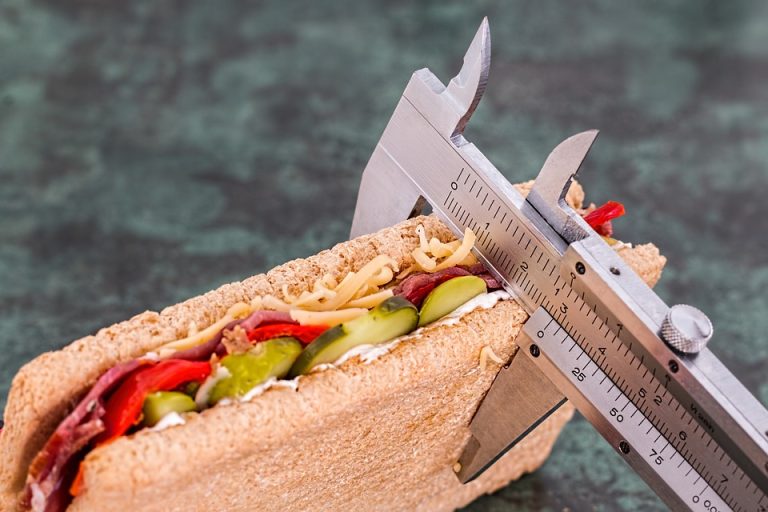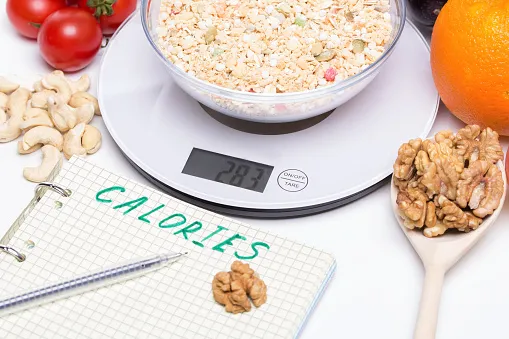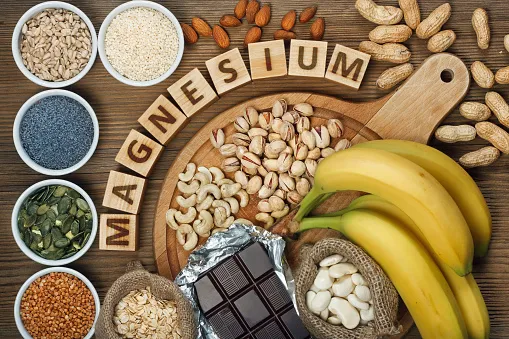Six Classes of Food: Functions, Sources, And Examples
Food is indispensable. It is essential to know about what we ingest into our bodies, as this determines how we subsequently live our lives; enjoyably or miserably. Food has the ability to make or mar the normal functioning of the human body. Knowing the six classes of food and our they are to be combined in the right proportions brings about the ideal diet.
The six food categories bring under them various types of food from different areas of the world. Food is a universal phenomenon that brings humans together. It possesses a social characteristic as well as a diversionary tone. In some religions, certain foods are not eaten. For instance, Muslims do not eat pork, while cattle are not eaten by some Hindus.
Food can be either sourced from plants or animals. Also, there are various food fads, some of which eventually develop into popular diets worldwide. Examples include the paleo diet, the Mediterranean diet, ketogenic diet, low carb diet, vegan diet, gluten-free diet, to mention just a few.
All these diets promise either loss of excessive weight or improved health. Food can actually be a source of good health or a source of disease to the human body. That is why it is important to know about the six classes of food and their sources, as well as how to combine them to achieve a holistic healthy lifestyle.

Six Classes of Food: Functions, Sources, And Examples
We will list the six classes of food, including their functions, sources, and examples.
Carbohydrates
Carbohydrate foods are foods that contain sugar, starch, or fibers. They contain carbon, hydrogen, and oxygen in particular ratios. They are energy-giving foods and are very common amongst the food classes. Carbohydrates are sources of fuel for the energy the brain demands daily. The fibers help to improve gut health by aiding the easy digestion of food.
Most of the carbohydrates eaten are digested and broken down into glucose which is the acceptable fuel used to produce ATP (Adenosine triphosphate) in the cells in our body. The ATP can then be used to produce energy for our metabolic needs.
When sufficient glucose levels have been attained, the remaining glucose can be stored in the liver and muscles as glycogen for later use. That is why we still have the energy to go about our daily duties even in between meals. When the glycogen stores are also full, excess glucose can be converted into triglycerides and stored as fat.
Sources of carbohydrates include whole grains, vegetables, and fruits. Examples of carbohydrates foods are apple, mango, oranges, bread, spaghetti, potatoes, beans, pumpkins, tomatoes, cucumber, rice, etc.
Excessive consumption of carbohydrates especially the simple carbohydrates that have artificial sugars added to them can cause Diabetes. These types of carbohydrates include white bread, sodas, and other highly processed foods.
Complex carbohydrates like unprocessed whole grain, beans, and vegetables do not cause spikes in the body’s sugar levels, hence, are healthy sources of carbohydrates.
Protein
Protein foods are body replenishing foods. They are a class of food that build the cells of the body and repair damaged tissues. They build muscles, grow our hair, and send signals all around the nervous tissues of the body. Protein is essential for growth and development, hence it is very important to have it in foods for children, pregnant women, and injured people.
Sources of proteins include animal meat, legumes, animal products, and whole grains.
Examples of protein foods are beef, chicken, eggs, milk, beans, and soybeans.
Fat and oil
Fat and oil are one of the six classes of food with a great source of energy. A gram of fat produces 9 calories. Fats also protect the organs of the body. Fats act as insulators and are found under the skin, where they insulate the body against cold.
They also transport fat-soluble vitamins all around the body. Females are meant to have a certain amount of fat in their body to regulate their menstrual cycle, as estrogen is stored in fats.
Fat stores energy in the body, more than double what is stored by carbohydrates. Fats also produce hormones, for instance, leptin is produced by adipose(fat) cells to control appetite. Fat also helps in-memory storage, nerve transmission, and electrical impulse signaling in the brain.
Sources of fats and oils include meat, seafood, poultry, seeds, dairy products, and nuts.
Examples of fat and oil foods are beef, chicken, avocado, coconut, palm nut, palm oil, soy oil, olives, butter, eggs, milk, and peanut.
Vitamins
Vitamins are organic micronutrients needed in small quantities to facilitate metabolism. They help the body to utilize carbohydrates, protein, and fats. They protect the body against harmful radicals, help with good vision, and produce red blood cells.
We have water-soluble vitamins and fat-soluble vitamins. Water-soluble vitamins are soluble in water and they include the B vitamins: folate, thiamine, biotin, riboflavin, niacin, vitamin B6 and B12, etc; and vitamin C. Fat-soluble vitamins dissolve in fats and include vitamins A, D, E, and K.
Sources of vitamins are fruits, seafood, dairy, and vegetables. Examples of foods with vitamins include oranges, carrots, tomatoes, cucumber, mangoes, fish, onion, lemongrass, and lettuce.
Minerals
Minerals are chemical elements required by the body as nutrients to live a healthy life. Minerals cannot be synthesized by the body. They are gotten from eating plants and animals that contain these nutrients. We have the major minerals and trace elements.
The major minerals are magnesium, phosphorus, potassium, calcium, and sodium. Trace elements include chlorine, selenium, iron, iodine, sulfur, cobalt, zinc, and molybdenum.
Sources of minerals include plant food, animals, and salt.
Examples of food rich in minerals are milk, bones, artichoke, waterleaf, bitter leaf, iodized salt, okra, amaranthus, and onion.
Water
Water is a class of food and it is important on its own as well as with other classes of food. It is a combination of hydrogen and oxygen. Human needs a certain amount of water every day. This is important for food digestion, transportation, regulation of body temperature, and removal of toxins from the body. Water also acts as a lubricant for our joints and eyes. When water is not adequately taken, it leads to dehydration and poor functioning of the body organs.
Sources of water include direct intake from tap, borehole, springs, vegetables, and fruits.
Examples of foods with high content of water are cucumber, oranges, berries, green leafy vegetables like waterleaf, tomatoes, and onions.
Read Also: 15 HEALTH BENEFITS OF SOURSOP LEAVES TEA
Conclusion
The six classes of food and their sources with their functions have been explained above. Food is important to us as humans. It eliminates our hunger, gives us the energy to work every day and play also, builds up our body and damaged tissue, provides insulation and regulation of temperature, and promotes growth and adequate development. Ensure you combine the six classes of food in the appropriate proportions and continue to live a healthy and fulfilled life.






